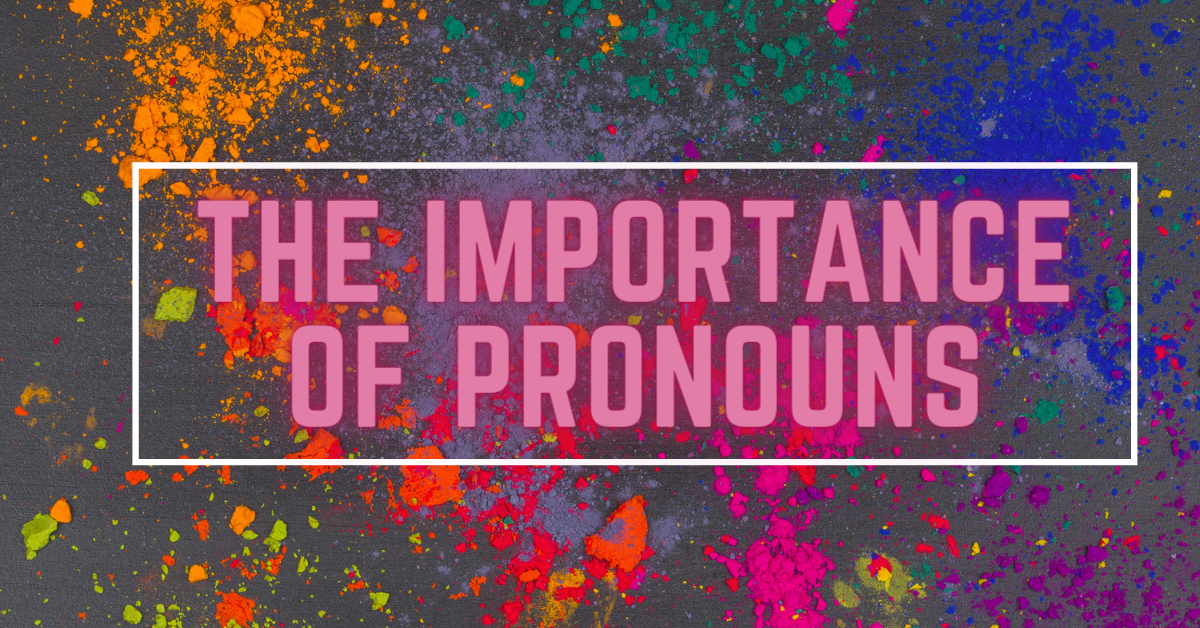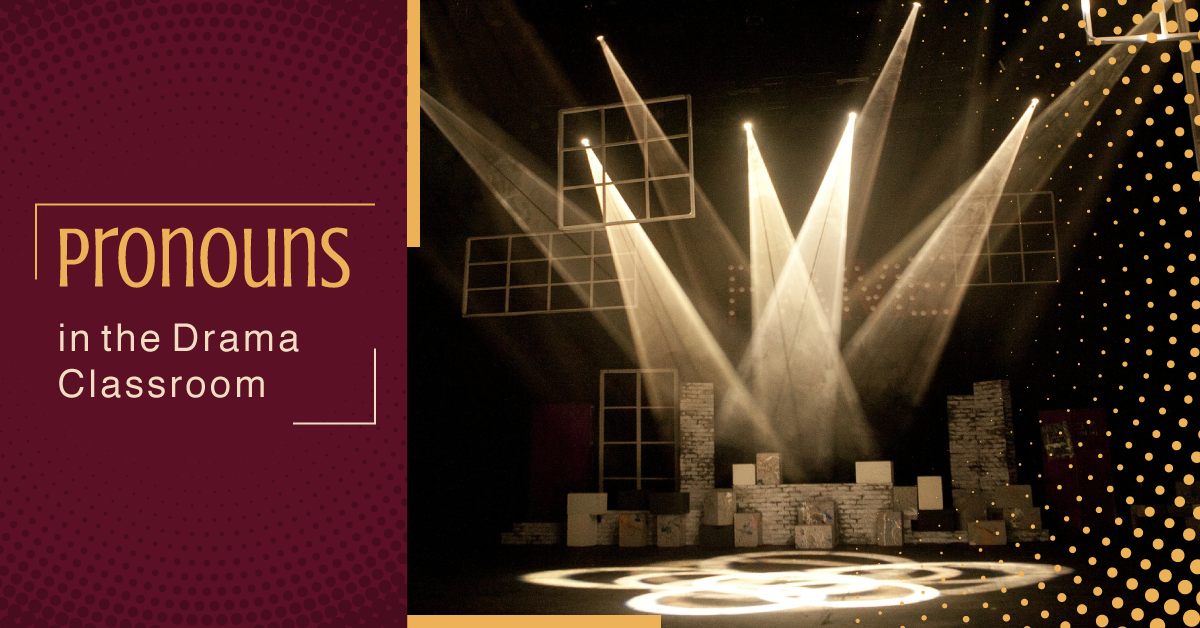The Dread Pirate Sadie: All the pirates, sword fights, and unforgettable characters - now in a competition-length version!
Thoughts on Gender & Casting
Casting a show, or even a class reading, is a tricky business. It takes care and thought to find just the right person to fill each role. As the song “I Hope I Get It” from A Chorus Line says, “How many people does he need? How many boys, how many girls?” Gender is a major consideration when casting a show, but there is more to think about than just the number of roles available. How can teachers promote inclusivity and create new and interesting acting opportunities for students through their casting choices?
1. Start a discussion with your students about their thoughts on gender and casting.
When studying plays in class, discuss with your students why a playwright may have indicated that a certain role must be a certain gender. Does it affect the story? Do the characters in the show portray “traditional” gender roles or stereotypes? Is the show a product of the time period in which it was written? How would an actor feel to play a role of a different gender? How would it affect the play if a person of a different gender played a particular role? Go beyond “Well, the playwright wrote it that way.” Does it matter? In some shows, yes, gender does matter. In others, it doesn’t. Why?
Do a “dream cast” with famous performers for the play you’re currently studying. Challenge your students to think beyond gender for interesting casting choices. Could Ezra Miller play Juliet? What about The Rock as Heather Chandler? How about Lupita Nyong’o as Prince Charming?
Do your students have roles that they themselves would love to play, regardless of the traditional gender casting of the role?
2. Select plays/musicals with gender-neutral or gender-flexible casting opportunities.
Choose plays to read as a class or for production in which any student can play any role, regardless of gender identity. Theatrefolk has tons of options for plays with gender-flexible roles. Open your world up to interesting casting choices and acting challenges for your students!
Try having students of different genders read the same monologue. How do different students’ genders affect the portrayal of the character, if they do at all? How do others students in the class receive the portrayal? This can be difficult, as students may be considering and refining their definition of gender. What thoughts, concerns, or stereotypes immediately come to students’ minds?
3. Consider gender-expansive casting in your shows.
It’s common to see “cross-gender” casting in school theatre productions. How many of your female students have had to dress as boys and play male roles before? Probably most of them, at some point in their theatrical lives. (It’s pretty rare for a male student to play a female role, unless it’s one that is played in drag.) But where possible, try to cast roles with students of different genders, if they are well suited to the role. Consider whether the student will play the role as the gender it’s written for, or as the gender of the student. I once saw a production of A Midsummer Night’s Dream at the Stratford Festival in which the role of Lysander was played by a woman, as a woman. This meant that Helena and Lysander ended up together in the end as a same-sex couple, and it worked just fine.
It’s much easier to do gender-expansive casting in a show that is public domain, such as Shakespeare’s catalogue of plays. If you have chosen a show that requires rights to be paid, please be aware that the playwright must approve script changes, which includes gender-expansive casting of roles that are written to be a specific gender.
As well, some students may be unsure about non-traditional casting choices. You may want to include an audition questionnaire that touches on gender-expansive casting opportunities and whether your students are comfortable playing a role of a different gender.
4. Look beyond the binary.
Gender stereotypes can be deeply ingrained in us, even if we believe ourselves to be open-minded and up-to-speed on gender identity. There’s more than simply “cross-gender” casting. Don’t forget that roles can be played as and by students who are genderfluid, transgender, cisgender, agender, non-binary, or genderqueer. Look beyond the male/female binary and be thoughtful and inclusive in your casting choices. Let “Who is the best student to play this role?” be your casting criterion.
Check out our post, Pronouns in the Drama Classroom, for more about this topic.



